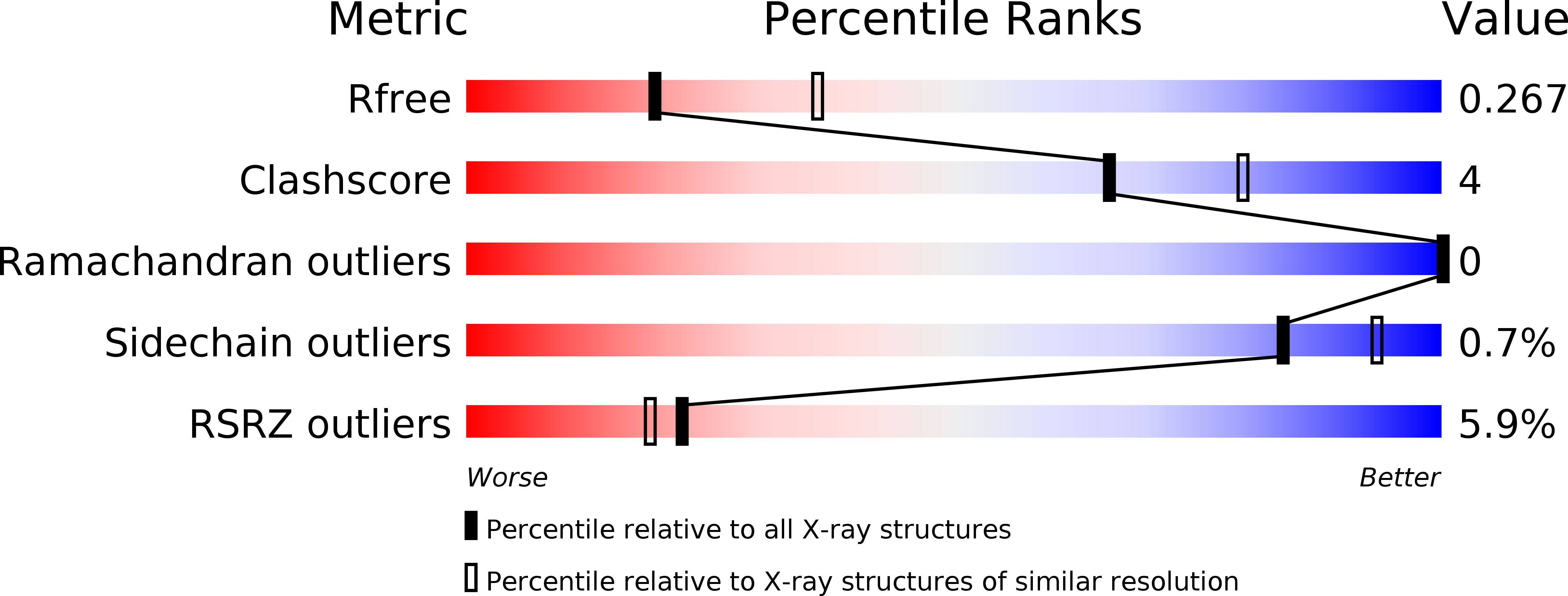
Deposition Date
2016-05-10
Release Date
2016-10-26
Last Version Date
2024-05-01
Entry Detail
PDB ID:
5JUB
Keywords:
Title:
Crystal structure of ComR from S.thermophilus in complex with DNA and its signalling peptide ComS.
Biological Source:
Source Organism:
Streptococcus thermophilus LMD-9 (Taxon ID: 322159)
Host Organism:
Method Details:
Experimental Method:
Resolution:
2.57 Å
R-Value Free:
0.26
R-Value Work:
0.22
R-Value Observed:
0.22
Space Group:
C 1 2 1


